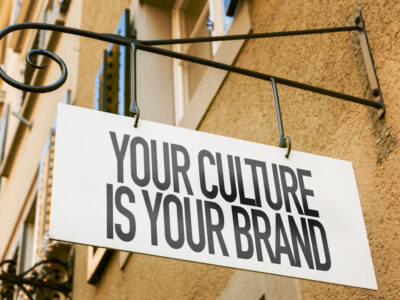4 Types of Organisation Culture
By pegem insights team, 19 April 2021 | Read it in under 2 mins
Organisational culture is the collection of traits which make your company what it is. This is the collection of beliefs and behaviours which determines how a company conducts itself both internally and externally with other businesses.
This impacts the working environment and ultimately effects:
- The identity of an organisation
- The corporate image and brand
- An employee’s job satisfaction and their retention
- An individual and team’s productivity
- The bottom-line revenue of the organisation
Company culture is a key advantage when it comes to attracting new talent and outperforming competition. According to the Mission & Culture survey in 2019, 77% of workers consider the company’s culture before they apply. The survey says almost half of employees would leave their jobs for a job with lower pay at an organisation with an improved culture.
Corporate culture evolves over time. While no two cultures are exactly alike, there are defining characteristics that mean the culture of your organisation will fall into one of four types. See which best summarises yours or is it a blend?
#1 CLAN – mostly driven by community, commitment and communication
- focuses on mutual trust, relationships and loyalty
- welcoming and warm place to work, where people are highly collaborative
- the main idea is to support and help each other
- what unites the employees is loyalty
- emphasis is on positive relationship, sincerity, and teamwork
#2 ADHOCRACY – Mostly driven by innovation, transformation and agility
- explores alternatives, sparks new ideas, expands and creates
- is highly inventive, bleeding edge and an early adopter
- promotes knowledge, adventure, and innovation
- progressive in it’s thinking and embraces change
#3 HIERARCHY – Mostly driven by efficiency, timeliness and consistency
- structured and unambiguous
- methodical with clearly defined process and rules to play by
- respects structure and shared norms
- has time-honoured customs
- cooperation strongly unites employees
#4 MARKET – Mostly driven by Market share, Goal Achievement, Profitability
- achievement, winning and success is important
- merit-based, outcome-oriented and strives to achieve top performance
- goal accomplishment is important
- highly competitive
- constantly looking ahead
While no one culture is better than the other, it’s the alignment of an organisation’s culture with the values of its employees that determines the level of engagement and productivity of an individual and teams.
An employee who values community over profit will not be fully engaged if they are working for a team or organisation that has a Market culture. They are more likely to be fully engaged and productive when working for a company with a Clan culture.
Looking to gain insight into your culture, build high performing teams or improve existing team performance? Then let’s talk.
